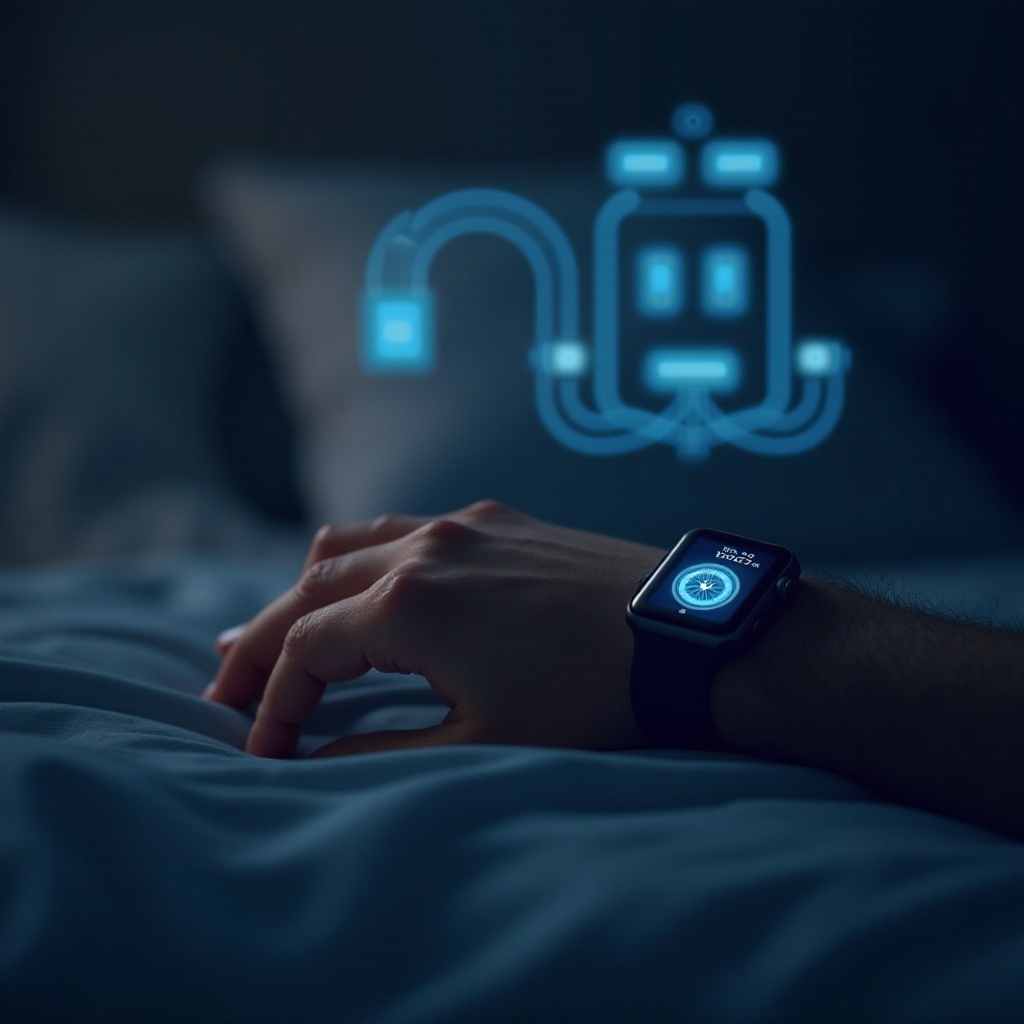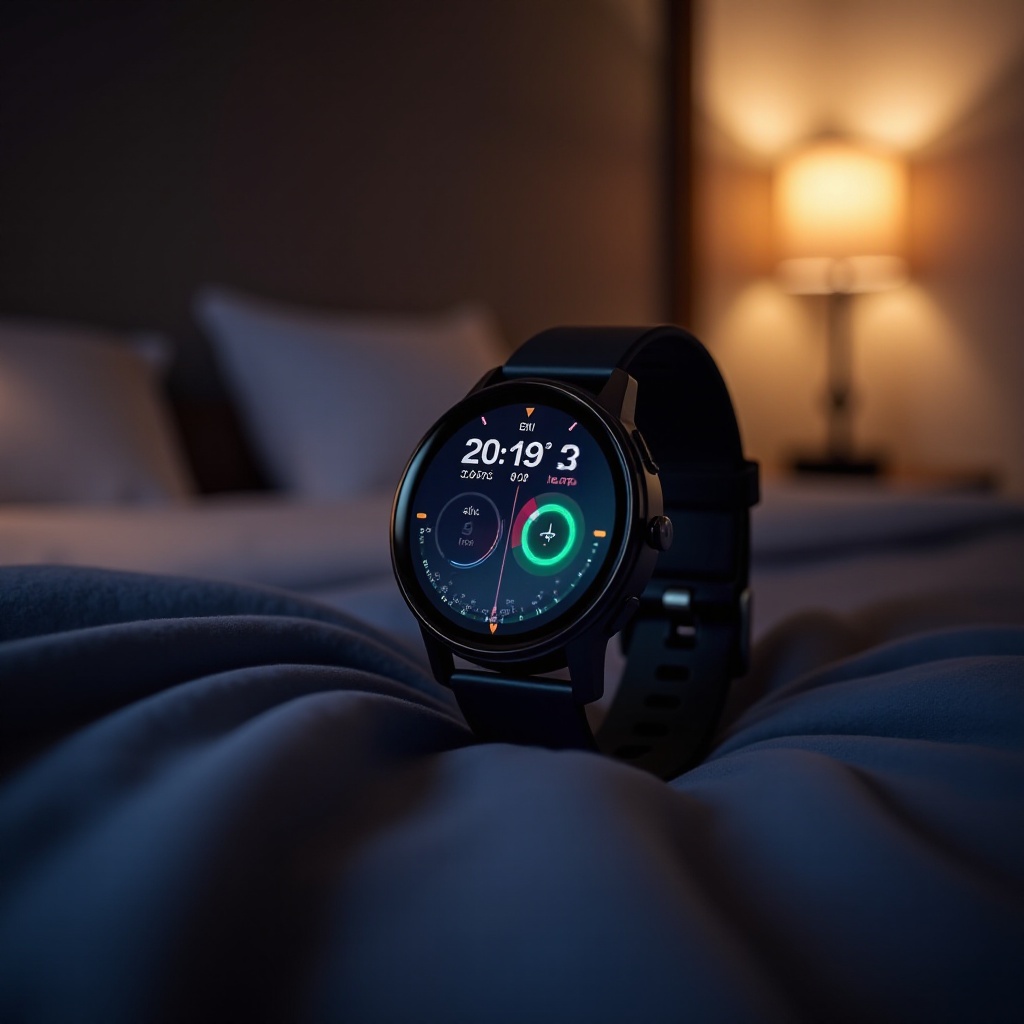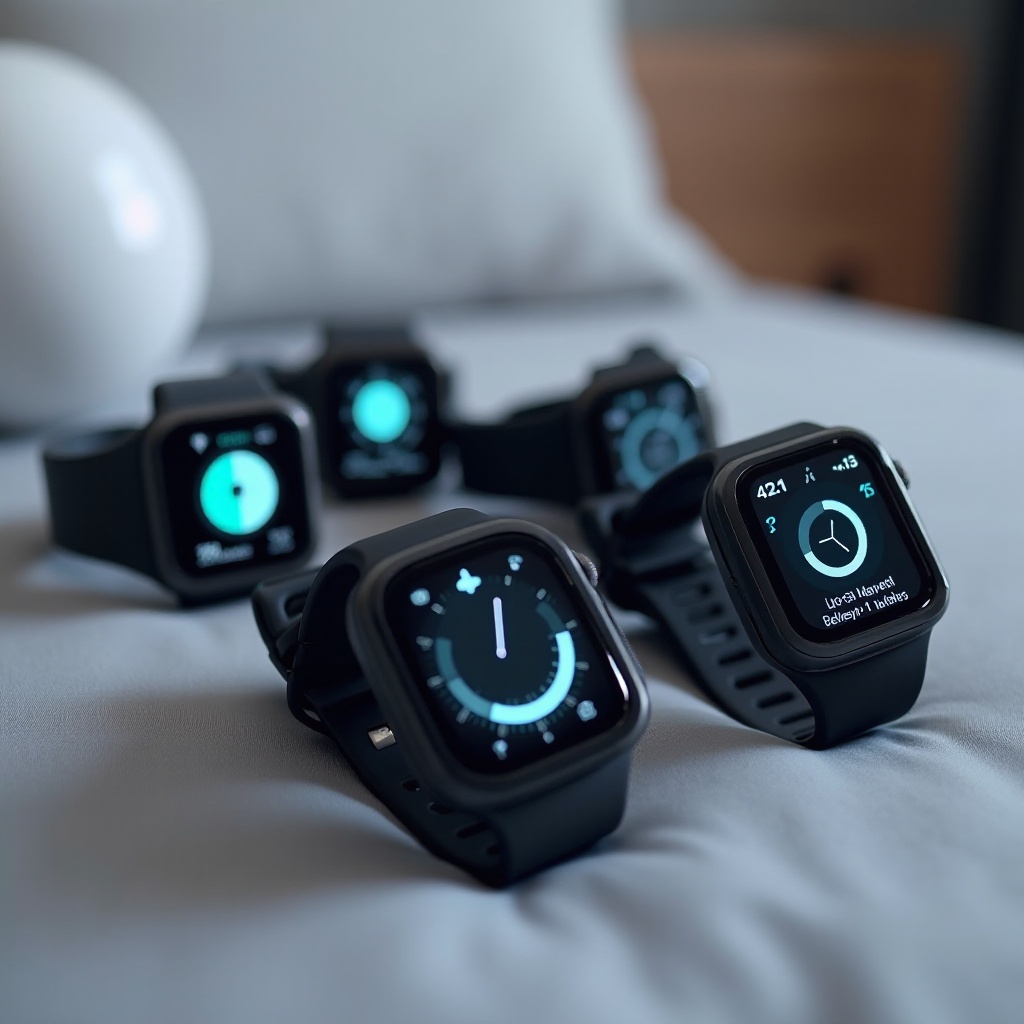In recent years, the intersection between technology and health monitoring has progressed enormously, with smartwatches emerging as vital tools for users invested in tracking their health metrics regularly. Sleep apnea, a disorder marked by breathing interruptions during sleep, can have significant health ramifications if left unmanaged. As smartwatches become more adept at providing preliminary insights into sleep patterns and vital signs, they offer potential for initial screening of sleeping disorders. This article explores why smartwatches cannot completely replace clinical sleep apnea tests, identifies key features to look for in a sleep tracker, and presents top smartwatches suited for monitoring sleep apnea symptoms as of 2025.
Why Smartwatches Aren’t Enough: The Need for Comprehensive Sleep Apnea Tests
Smartwatches are increasingly capable of providing a continuous stream of health data, making them a convenient tool for observing potential symptoms of sleep apnea. They can track sleep stages, heart rate fluctuations, and SpO2 levels, granting users a comprehensive view of their nightly health. However, it’s crucial to acknowledge the limitations of these devices. While smartwatches can suggest the presence of irregular sleep patterns, they lack the precision of sleep studies conducted in professional settings. These clinical tests involve in-depth observation and data collection, providing a confirmed diagnosis and distinguishing sleep apnea from other conditions. Recognizing this limitation is crucial for users; it emphasizes the necessity of consulting healthcare professionals to obtain a holistic understanding of their sleep health and to devise an appropriate management plan.

What to Look for in a Good Sleep Tracker
Device Type and Comfort
When considering a sleep tracker, the type of device and its comfort should be a top priority. Since it will be worn every night, ensuring that the device is comfortable and does not disrupt sleep is imperative. Wrist-based trackers are generally favored for their integration of advanced features with ease of wear. To ensure a peaceful night’s sleep, potential buyers should try various brands and models to find the one that feels most natural. Factors like strap material, overall design, and the weight of the device impact comfort levels and should not be overlooked.
Data Collection Capabilities
The effectiveness of a sleep tracker is largely dependent on the richness of its data collection features. An ideal device will monitor heart rate, blood oxygen levels, and track different sleep stages throughout the night. These metrics are vital in discerning erratic sleep patterns that could signal sleep apnea risks. Having a comprehensive set of data allows users and healthcare providers to analyze and address potential sleep disturbances accurately. Furthermore, looking for devices with advanced algorithms that interpret this data can make it easier to maintain a detailed record of one’s sleep health.
Beyond the basic features, consider devices that can integrate with health applications or platforms to offer a more comprehensive look at your overall health. Many smartwatches now sync with apps that allow for seamless sharing of data with healthcare professionals, which can facilitate ongoing monitoring and timely interventions.

Recommended Smartwatches for Sleep Apnea Detection
The market for smartwatches designed with compelling health monitoring features has grown, with certain models proving especially helpful for users concerned about sleep apnea. Leading the charge are devices such as the Galaxy Watch 7 and the Apple Watch Series 10. Both these models feature advanced technologies, including highly sensitive heart rate monitors and oxygen sensors that can record blood oxygen levels even during REM sleep.
The **Galaxy Watch 7** stands out for its superior comfort due to its lightweight design and interchangeable straps that prioritize user customization. Its proprietary health app offers an interface that presents data in an accessible manner, supporting users in tracking their health metrics effortlessly.
On the other hand, the **Apple Watch Series 10** offers remarkable ease of use combined with precise health monitoring. Its seamless integration with Apple’s comprehensive ecosystem ensures that users can track their sleep data across devices. Enhanced by an intuitive app, the watch provides detailed insights into sleep duration, quality, and patterns, making it an excellent companion for those vigilant about their sleep health.
Additionally, both watches are backed by a reputation for reliability, ensuring that users receive accurate data that they—and their healthcare providers—can trust. It’s important to note that these smartwatches not only offer valuable insights but also prompt users to seek medical consultation when irregular patterns are detected.

Summary
In closing, smartwatches have become an important tool for the preliminary detection of sleep apnea symptoms. However, it’s essential for users to remember that while they offer significant insights into one’s health, these devices should not replace a professional diagnosis and ongoing medical advice. When selecting a smartwatch for sleep apnea detection, focus on the comfort and data collection capabilities, alongside the device’s accuracy and reliability, depicted through user reviews and brand reputation. By integrating smartwatches as part of a broader health strategy, alongside regular medical consultations, users can effectively manage their sleep health and safeguard their overall well-being.
Which smartwatch is the best for monitoring sleep apnea?
When it comes to monitoring sleep apnea, the Fitbit Sense stands out as one of the most advanced smartwatches available. It includes comprehensive health tracking features, particularly its ability to monitor blood oxygen saturation (SpO2) levels overnight—a critical indicator in the detection of sleep apnea. Additionally, the device’s ECG, stress management, and sleep stage tracking capabilities provide a holistic view of a user’s health, making it well-suited for users concerned about sleep-related breathing disruptions. However, it’s important to note that while the Fitbit Sense can provide valuable health insights, it is not a replacement for professional medical diagnosis and should be used in conjunction with consultations from healthcare providers.
How can Apple Watch help detect and manage sleep apnea?
The Apple Watch is a powerful tool for monitoring various health metrics, though it does not currently diagnose sleep apnea directly. Its built-in app and third-party apps can track sleep patterns, heart rate, and blood oxygen levels. For instance, users can utilize the Apple Watch’s heart rate variability and SpO2 sensor to observe anomalies that might suggest sleep apnea. Furthermore, apps like AutoSleep and SleepWatch can interpret these metrics to provide detailed sleep insights. While the Apple Watch provides valuable data that can help users spot potential issues, it should complement medical advice rather than serve as a diagnostic tool by itself. Users should consult healthcare professionals for a comprehensive sleep apnea assessment and management plan.
Can other wearable or smartphone technologies effectively detect sleep apnea?
Yes, there are other wearable and smartphone technologies that offer features geared towards detecting sleep apnea signs. Devices such as the Withings Sleep Analyzer and Oura Ring are designed to monitor sleep and provide detailed reports. Withings Sleep Analyzer, for example, goes beyond basic sleep tracking by including sensors that evaluate sleep disturbances, recognize breathing patterns, and detect heart rate irregularities, all pertinent to sleep apnea detection. Meanwhile, smartphone apps like SnoreLab and SleepCycle utilize the phone’s microphone to analyze snoring patterns and track sleep cycles. However, the accuracy of these consumer-grade technologies can vary, and they should serve as supplementary tools rather than primary diagnostic methods. Healthcare professionals should evaluate any concerning findings from these devices to guide further testing and treatment.
